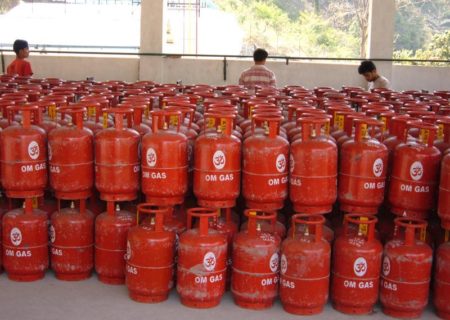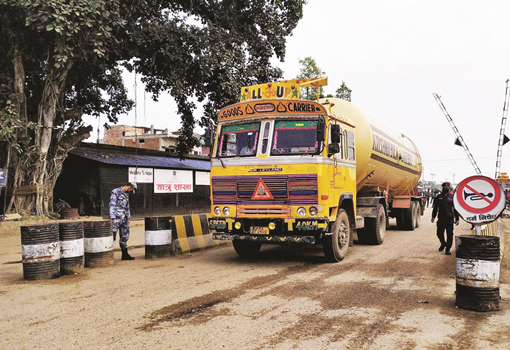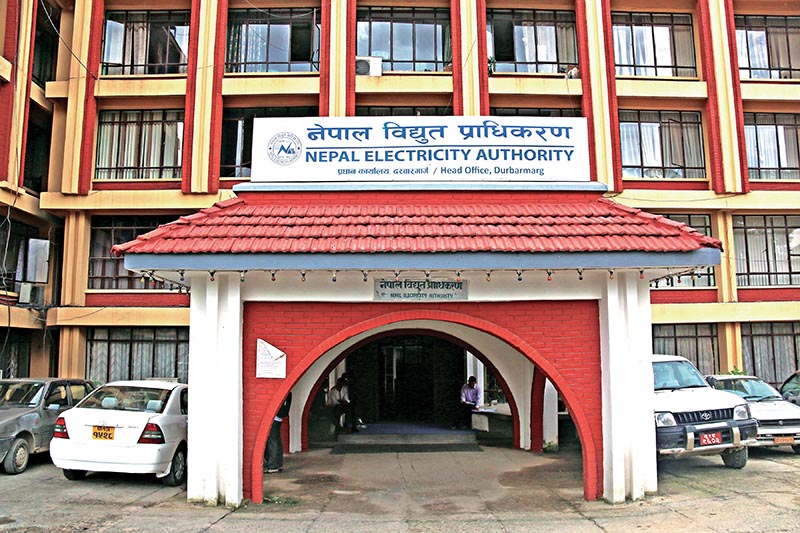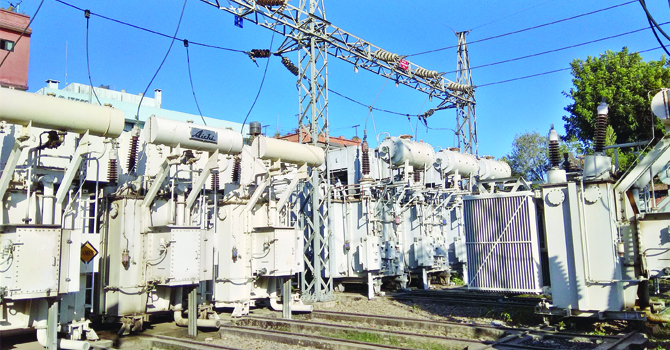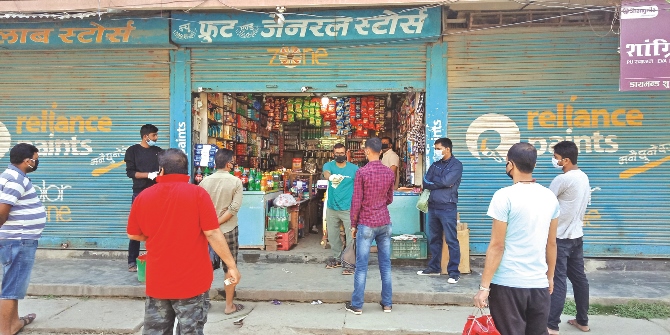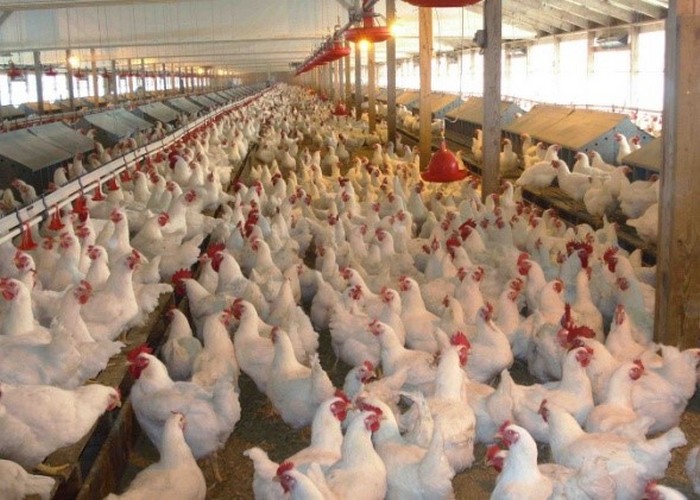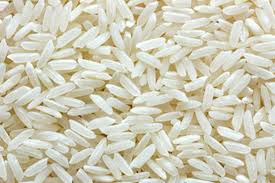Paddy yield sets new record at 5.62 million tonnes
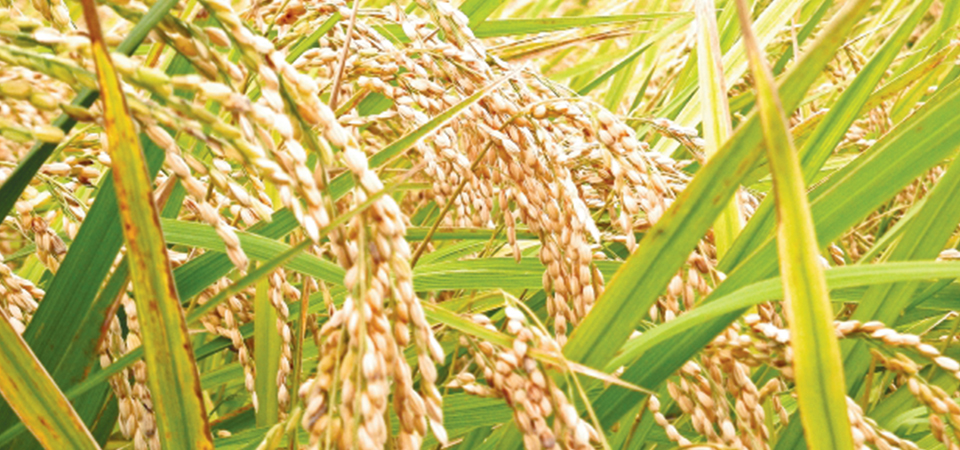
By Laxman Kafle
Kathmandu, Dec. 29: Nepal produced record amount of paddy this year.
According to the Ministry of Agriculture and Livestock Development, paddy production rose to 5.621 million tonnes this year from 5.55 million tonnes in the fiscal year 2019/20.
Earlier, in the fiscal year 2018/19, paddy production had reached 5.61 million tonnes rice.
According to a report published by the Ministry on Monday, paddy output totalled 5.621 million tonnes that is 70,831 tonnes higher than last year’s harvest.
“Timely and favourable monsoon, and an increase in the paddy plantation area have contributed to the rise in paddy production despite the short supply of chemical fertilisers,” Dr. Yogendra Kumar Karki, Secretary at the Ministry, said.
The paddy plantation had been done in around 1.47 million hectares of land which was higher by 14,559 hectares than the previous fiscal year, the report said.
Good monsoon supported to complete the paddy plantation in more land as did availability of labour in the local areas due to lockdown, Karki said.
The productivity of paddy has increased by 0.28 tonnes per hectare to 3.82 tonnes per hectare this year, which is also record high productivity of the paddy.
According to Karki, use of improved seeds and technology also contributed to the increase as improved seeds cover around 95 per cent of paddy cultivation.
Stating that the production of paddy had increased by around 70,000 tonnes despite the shortage of urea this year, the Ministry claimed that the farmers of Terai region used chemical fertilisers in paddy by brining urea from India through informal channels.
“If we were able to supply urea adequately to the farmers in time, the production of paddy would cross 5.7 million tonnes this year. Considering the previous year’s problems in the supply of chemical fertilisers, the government will ensure the supply of fertiliser round the year in the coming years,” he told The Rising Nepal.
The paddy production yield is the highest in Lumbini province followed by Province 1. The production yield stood at 3.99 tonnes per hectare in Lumbini province and 3.86 in Province 1.
Production yield stood at 3.84 tonnes per hectare in Bagmati Province, 3.75 tonnes per hectare in Province-2, 3.73 tonens per hectare in Gandaki Province, 3.68 tonnes per hectare in Sudurpaschim Province and 3.51 tonnes per hectare in Karnali Province.
Province 2 has occupied the first position to grow paddy where 1.432 million tonnes of the crop was produced.
Likewise, 1.275 million tonnes was produced in Province 1, 1.224 million tonnes in Lumbini, 644,991 tonnes in Sudurpaschim, 509,590 tonnes in Bagmati, 397,094 tonnes in Gandaki and 137,165 tonnes in Karnali Province.
Karki expressed his hope that the import of rice would decline in the days to come due to increase in paddy production.
He said that there would be no need to import cereals if the people consumed the cereals they produced at home in balanced ways.
The increment in the production of paddy would help achieve higher economic growth as the contribution of paddy to the Gross Domestic Products stands between 7-10 per cent.
The contribution of agriculture sector to the GDP stands at 27.5 per cent at present while the contribution of paddy to the agriculture GDP stands above 30 per cent.
Recent News

Do not make expressions casting dout on election: EC
14 Apr, 2022
CM Bhatta says may New Year 2079 BS inspire positive thinking
14 Apr, 2022
Three new cases, 44 recoveries in 24 hours
14 Apr, 2022
689 climbers of 84 teams so far acquire permits for climbing various peaks this spring season
14 Apr, 2022
How the rising cost of living crisis is impacting Nepal
14 Apr, 2022
US military confirms an interstellar meteor collided with Earth
14 Apr, 2022
Valneva Covid vaccine approved for use in UK
14 Apr, 2022
Chair Prachanda highlights need of unity among Maoist, Communist forces
14 Apr, 2022
Ranbir Kapoor and Alia Bhatt: Bollywood toasts star couple on wedding
14 Apr, 2022
President Bhandari confers decorations (Photo Feature)
14 Apr, 2022



